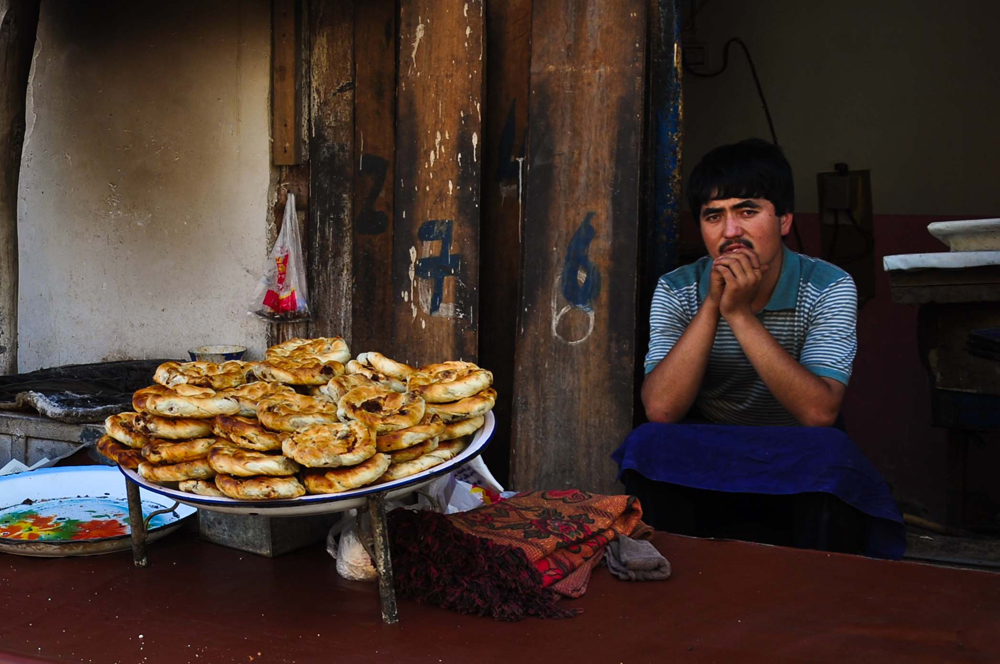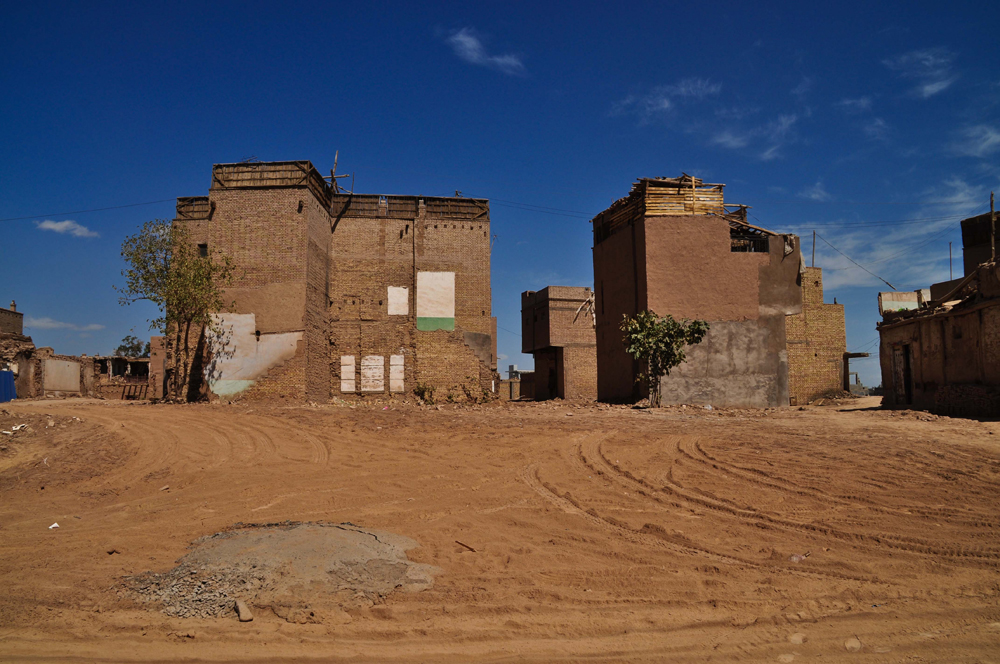KASHGAR
I think it was in February 2002 when I was going back from Beijing to Europe on the Trans-Siberian train after six months spent studying in Beijing. That one I think was the first time that, looking at maps and guide books during the long hours spent on the train, I began to dream of arriving to Kashgar, via the route just a bit further south from the one I was going through at that time and that everyone knows as the Silk Road. Before being able to actually start that route I had to wait eight years and a half, during which my dreams about the city and the desire to get to its gate didn't stop growing.
That is why when I was planning this trip and the themes to develop in each city, I had no doubt in relating Kashgar to the routes and intersections that, by geography or chance, transform a virgin spot in an extraordinary crossroad. A city that doesn't end on the perimeter of its walls, but continues and extends itself through the paths that start from its gates. A bit like Italo Calvino's invisible cities, Kashgar stand in my imagination as a mythic and dusty market of spices and stories.
For various reasons I couldn't realize the interviews I had planned there, but I didn't want not to include in this website the city that, together with Samarkand, most inspired this trip. This page is dedicated to Kashgar and to all the cities of this route that, for lack of time and resources, changes of plans or contingencies, couldn't have a proper place in this project.


Old oasis at the very end of the Taklamakan desert, Kashgar has been since ancient times one of the most important centers in the region. Crossroads of cultures, along with other key cities in the area such as Korla and Turfan, it has hosted Buddhist, Christians and Muslims temples, seeing blossoming a unique culture and art in which you can easily recognize both Eastern, Indian, Persian and Greek influences. Throughout history it lived long periods of independence, before increasingly falling under the control of China. Until recent years, despite being part of the Republic of China since the mid-twentieth century, the majority of Kashgar's population were still the muslim and Turkish-speaking Uighurs. In the old market, one of the largest in Asia, one could find since ancient time products coming through the Silk Road from the Far East, as well as from the countries of Central Asia and the Middle East, as the city is right at the meeting point of the routes to India, Afghanistan, Central Asia and China. Unfortunately this cultural and artistic mixture is disappearing under the banner of China's economic development. The central government in Beijing, which over the past decade has strongly favored Chinese immigration in the region, is now dismantling the historic city center and replacing it with large avenues, modern buildings and anonymous parks.


































